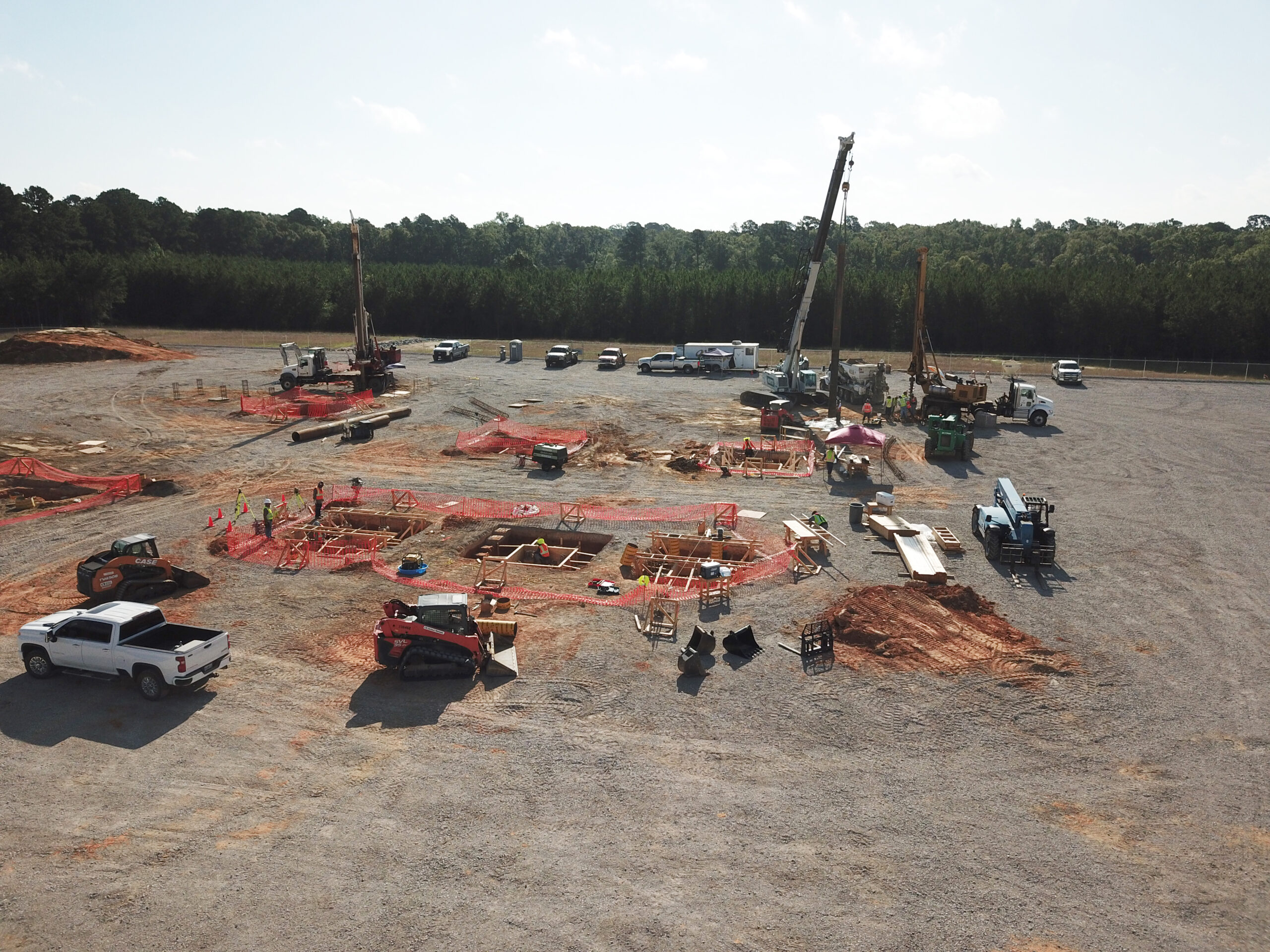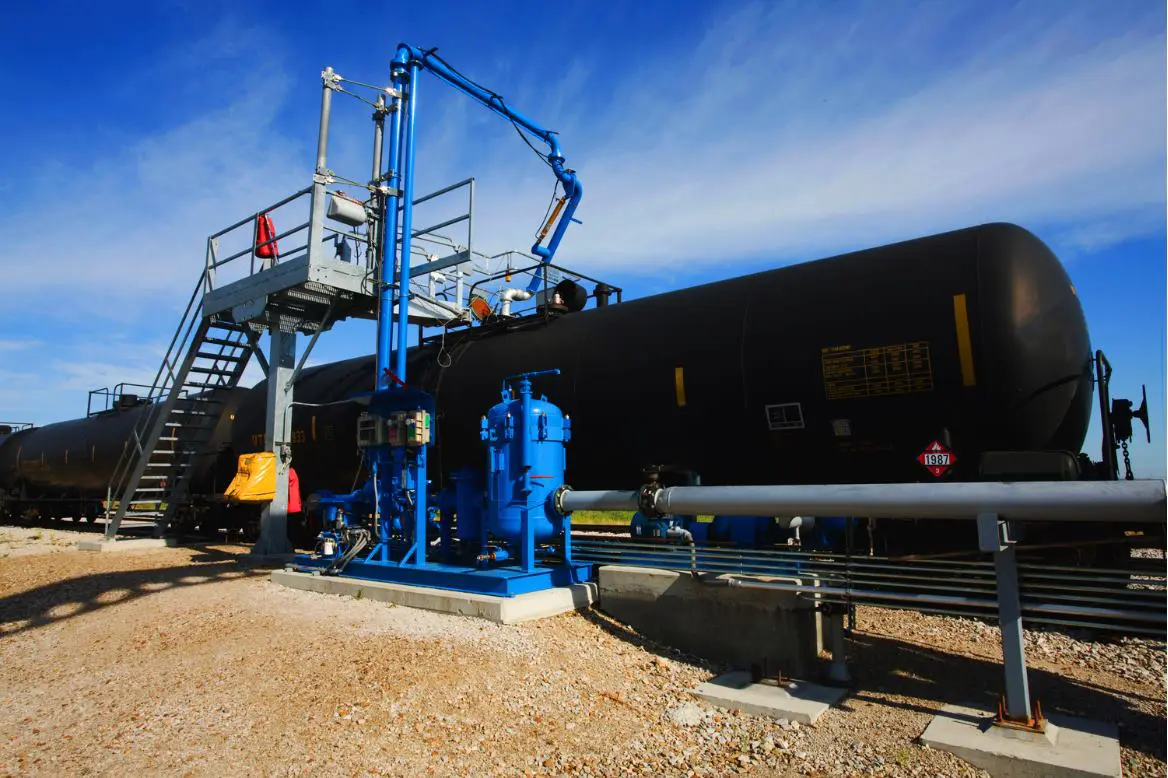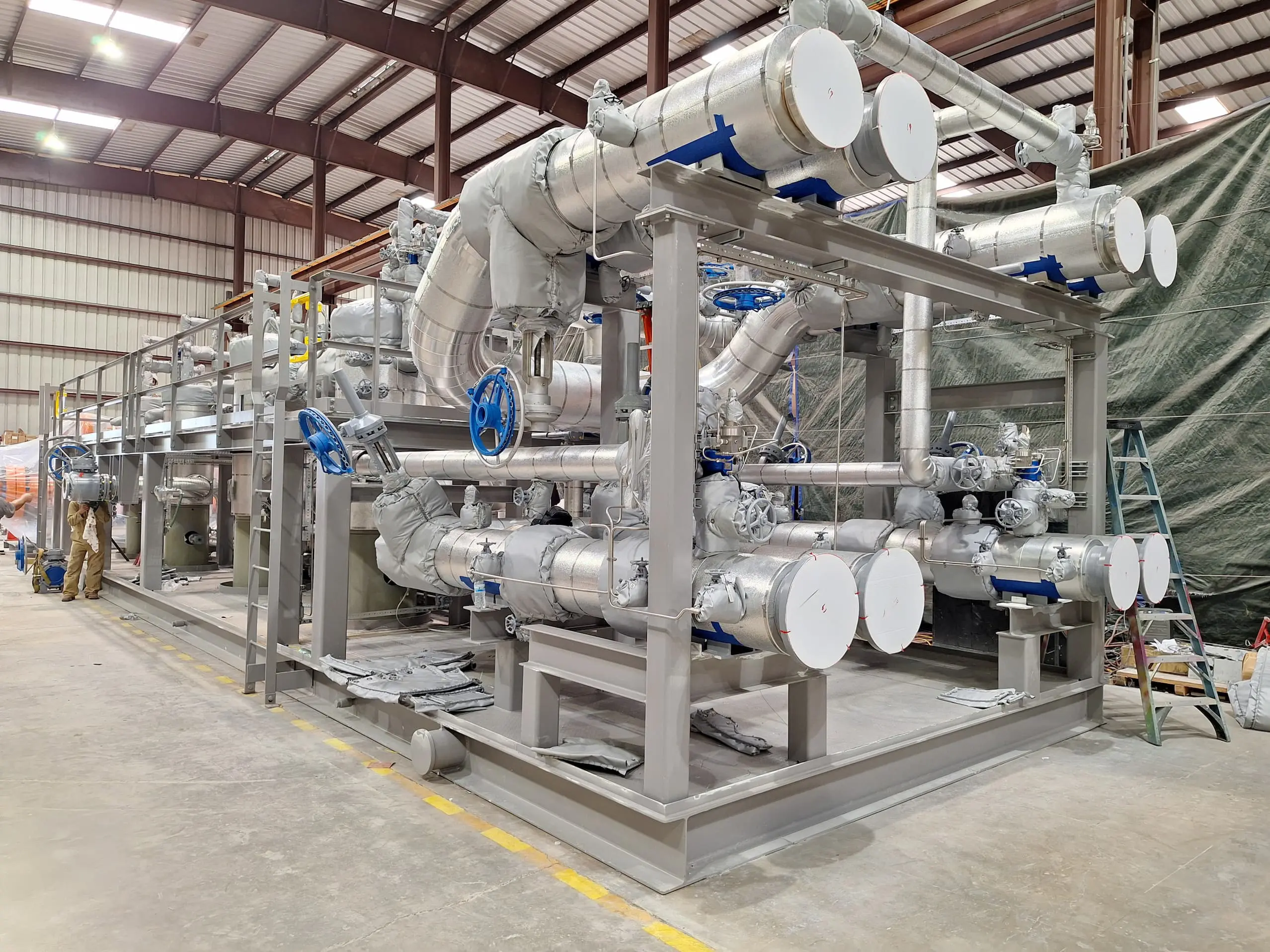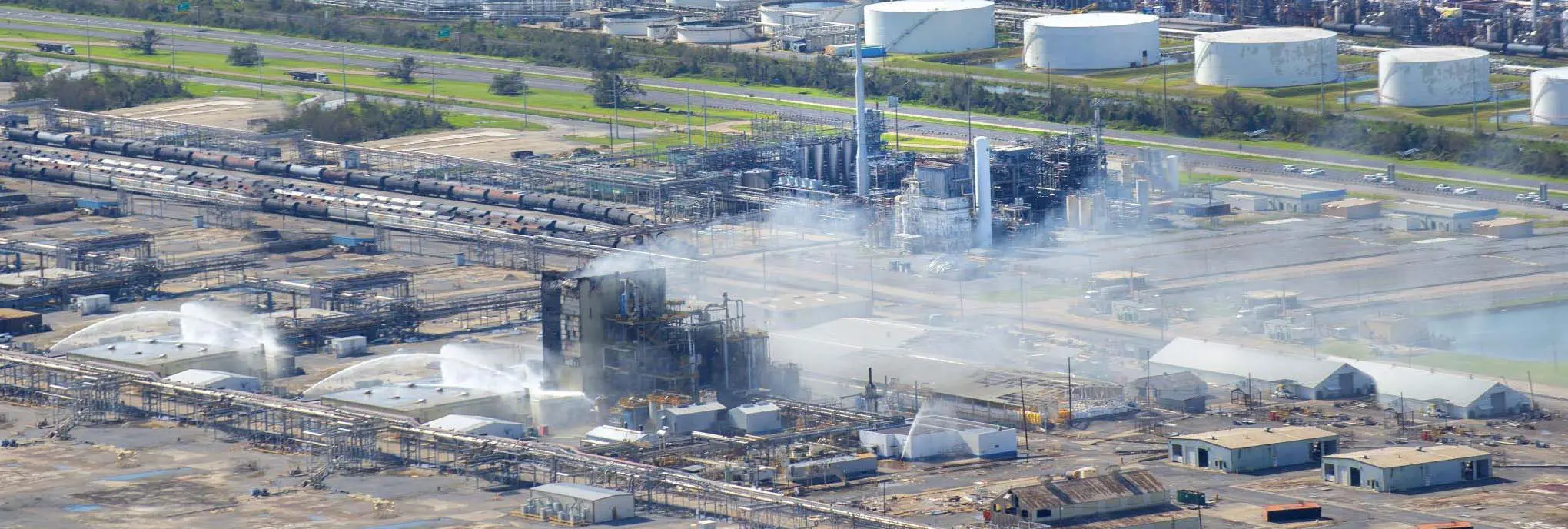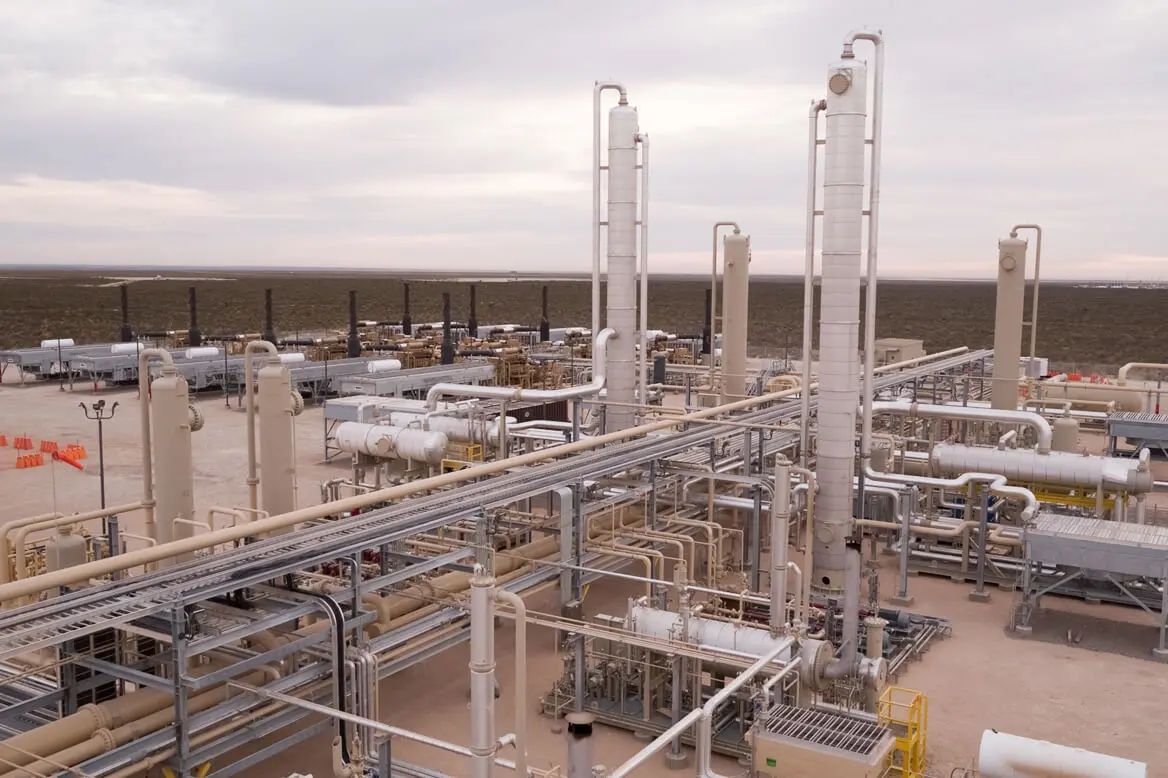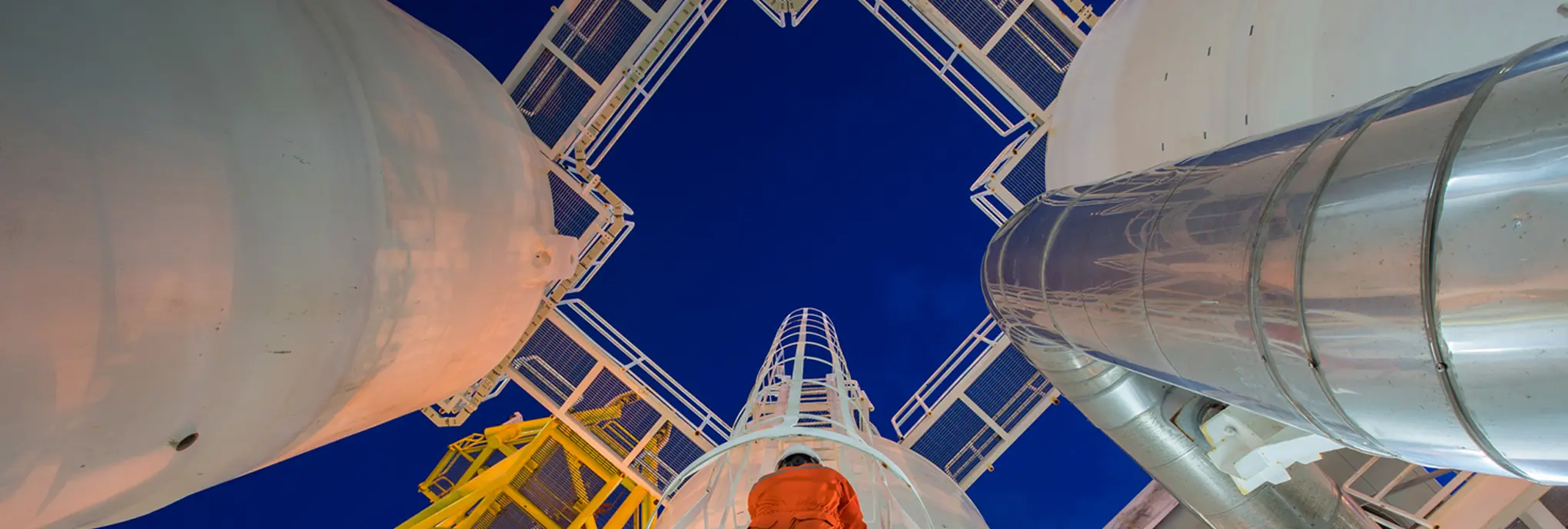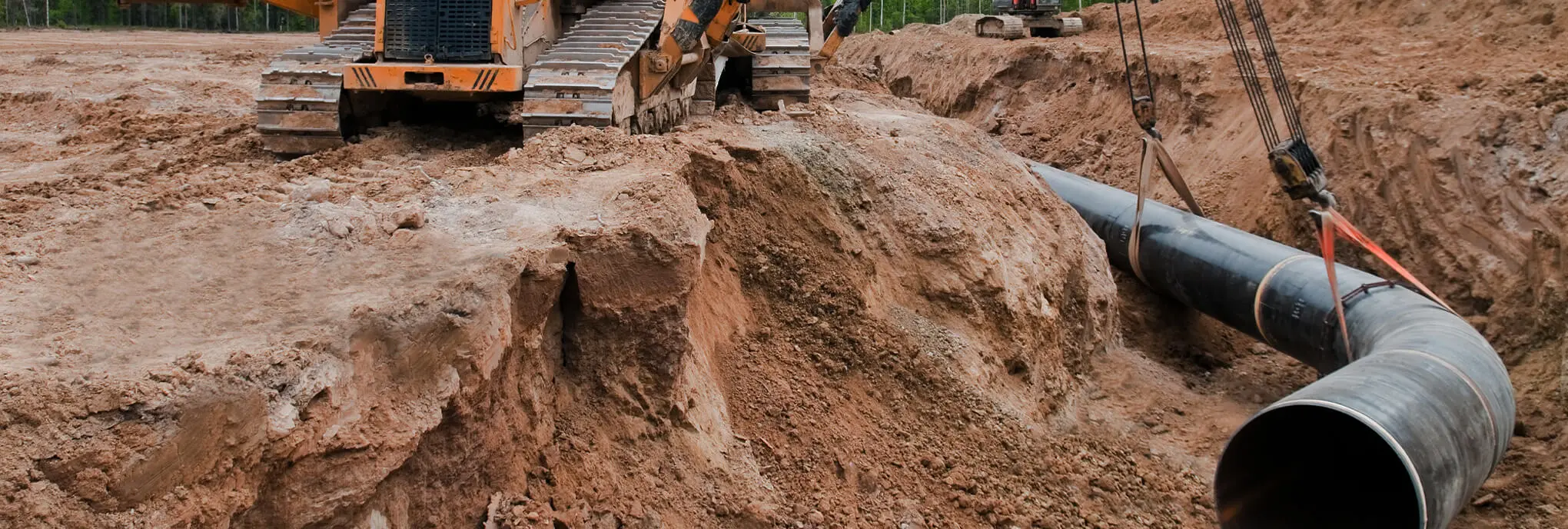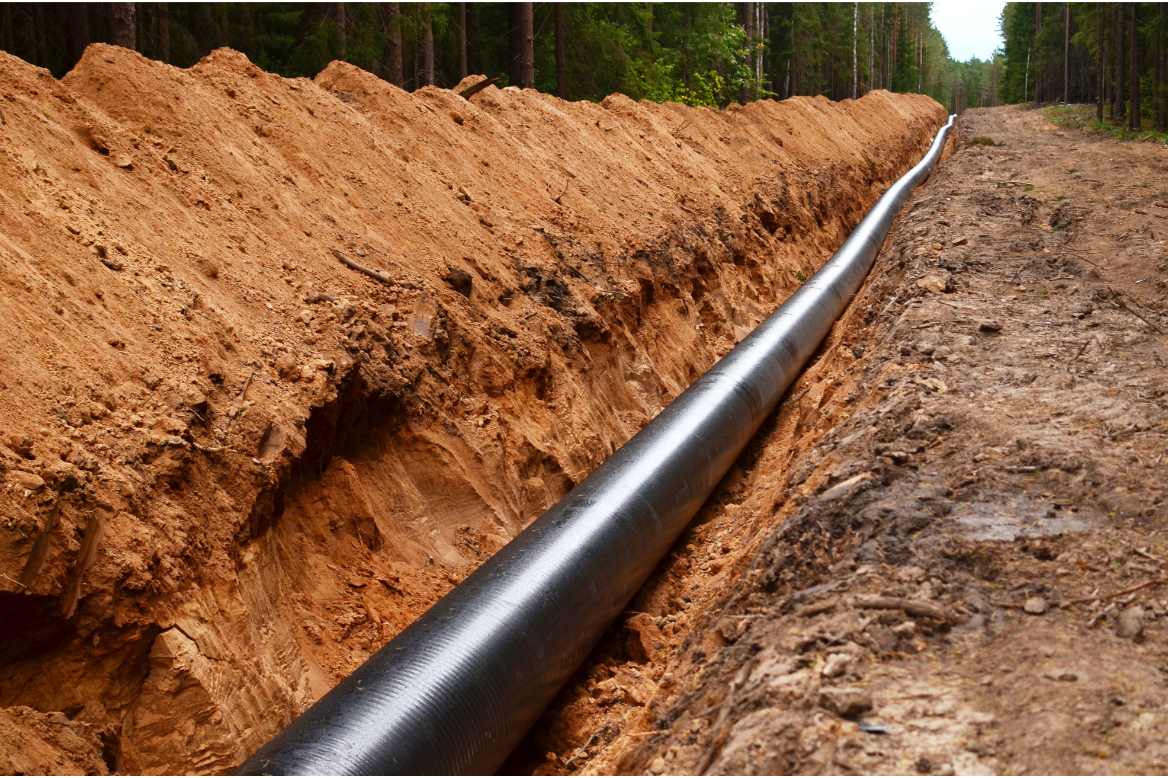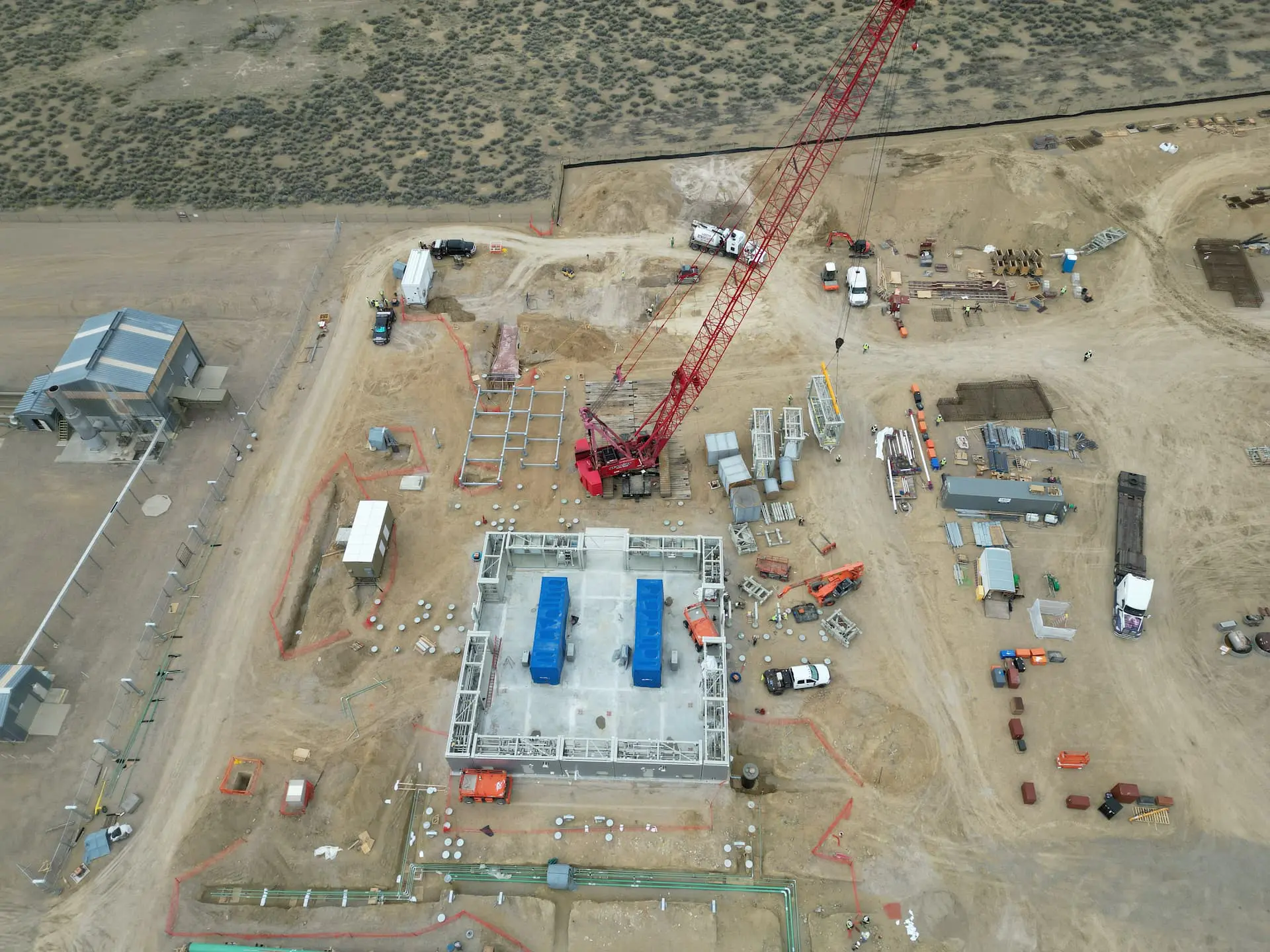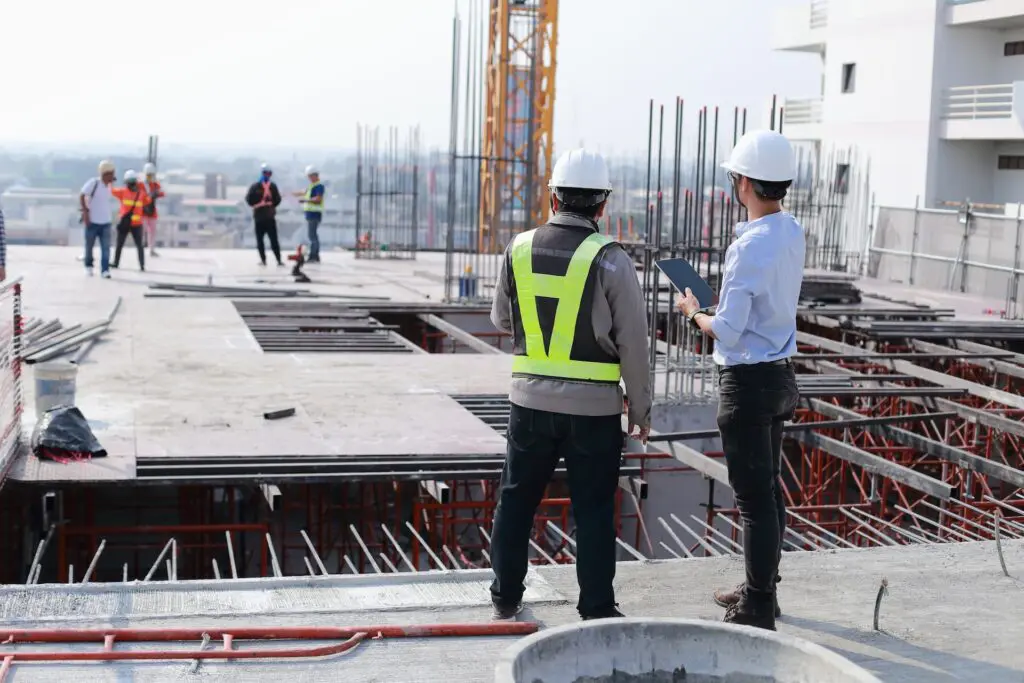

Want to share this article?
Routing Pipelines Requires Contributions from Many Fields
Energy pipelines are a vital component to the downstream petroleum industry, acting as a web of highways for moving oil, gas, natural gas liquids (NGL), and other derivatives to market.
The U.S. alone has over 1.3 million miles of them. But the story of how they got where they are today is a complicated one, involving many design, production, and regulatory steps. In particular, routing a pipeline for approval and construction involves knowledge, insight, and careful planning to ensure the pipeline is safe for not only the personnel and nearby residents but also the environment.
When routing a pipeline, numerous considerations are made, including analysis of soil characteristics, topography, ecosystems, regulations, eminent domain laws, and safety risks. In general, routing a pipeline involves many steps. The International Pipe Line & Offshore Contractors Association (IPLOCA) calls pipeline routing “an iterative process, which starts with a wide ‘corridor of interest’ and then narrows down to a more defined route at each design stage as more data is acquired, to a final ‘right of way’ (ROW).” This iterative appraisal process certainly requires a phased approach, one that first involves desktop studies using geological, satellite, population, engineering, and other types of maps. Once a rough corridor is planned, additional data must be collected, using tools and methods such as simulation software, geological stress assessments, laser imaging, and density studies. A legal team must investigate the varying regulatory environments and laws that affect the route as well as what efforts will be required for approval from both stakeholders and governments. Environmental impact is also factored into the research, including potential disruption of ecosystems and the likelihood of population increase along the route. During all this, alternate routes must also be planned should other factors render the primary route unusable.
The sheer number of variables in the planning and routing process often pushes many companies to seek outside help from a midstream company or consultancy with pipeline-specific experience. Engineers and legal experts familiar with pipeline codes, geo-hazards, land ownership rules, and threat assessments are able to make the difference between a cost overrun from hefty fines and unplanned maintenance or an efficient, safe, and well-maintained pipeline.




